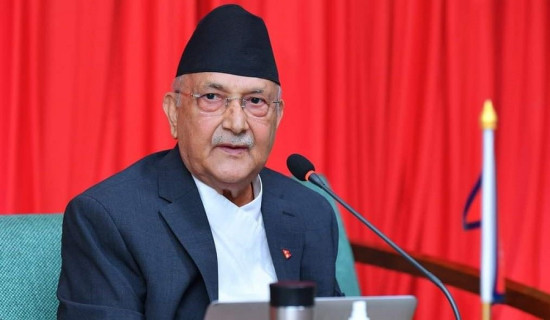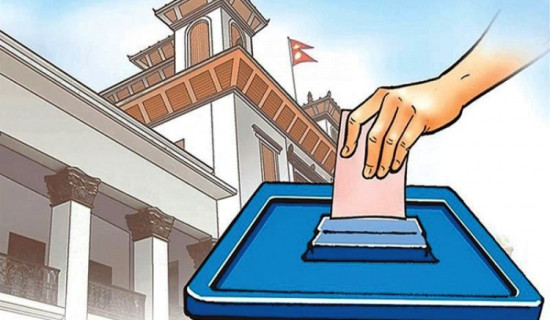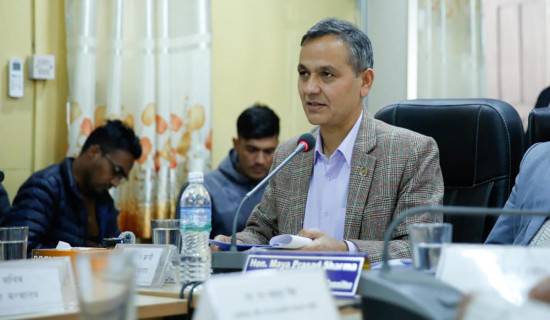- Thursday, 1 January 2026
'Traffic Police Mirror' unveiled
Kathmandu, July 4: The seven-decade long history and evolution of Traffic Police has been made public through a pictorial book.
At a programme organised by Kathmandu Valley Traffic Police Office here today, Inspector General of Police, Basanta Bahadur Kunwar, unveiled the book 'Traffic Police Mirror'.
The book is the collection of Nepal's road transport as well as historical activities related to Traffic Police.
It has incorporated various activities including history of Traffic Police, development, previous uniform and the road safety programmes done by the Traffic Police so far in pictures. There is a history that traffic was managed through Ram Battalion in 2007 BS after a motor vehicle was imported for the first time in Nepal.
Officially, Traffic Police was established with the name of 'Traffic Police Detachment' in 2009 BS. It is believed that the book would further help in making the important campaigns and activities after the development of Traffic Police factual and in highlighting the role, coordination and collaboration among main bodies concerned for road management.
The book was edited by Superintendent of Polices--Chandra Bahadur Thapa, Rabin Karki and Sunil Jang Shah and Police Inspectors—Jitesh Dahal and Shekhar Jung Malla under leadership of senior superintendent of Traffic Police, Jeevan Kumar Shrestha.
According to the Kathmandu Valley Traffic Police Office, the book was published as important history of Traffic Police is on the verge of disappearance in lack of effective institutional archives of the Traffic Police.
Expressing the belief that only targeted activities based on latest technology would enhance professionalism and there would be effectiveness in overall security management, Inspector General Kunwar directed to improve the organisation by conducting orientation, monitoring, supervision and revision in order to make performance of Traffic Police people-oriented.
AIG Kunwar complained that the behaviour and unprofessional performance of some members have relegated institutional meaningful efforts to the back burner. "We continue to hear public complaints over our service," he said, acknowledging the role of Traffic Police in traffic management and the safety of passengers with the maximum utilization of available means and resources.
He also lauded the archiving of the historic development of the Traffic Police and its efforts in promoting road safety and traffic management in book form.
Challenges in traffic management and passenger safety are exacerbated by the increasing number of vehicles and limited infrastructure. As of the fiscal year 2079-080 BS (2022-2023), over 1.8 million motor vehicles were registered in the Kathmandu Valley, with approximately 1.4 million operating within it. Despite a quota for 1,113 traffic police officers in Kathmandu, 1,866, or over 67 percent, are deployed in the Valley.
On average, the Valley experiences around 10,000 road accidents annually, resulting in about 200 fatalities and over 8,000 injuries. Curbing drunk and drug driving remains a top priority for the traffic police. (RSS)



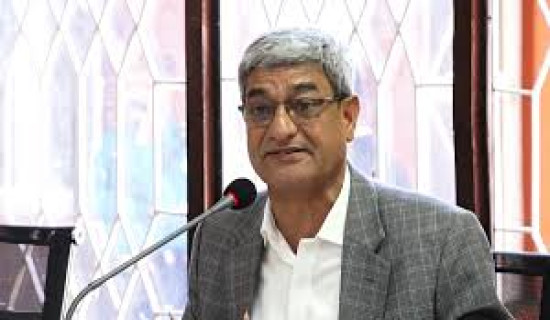
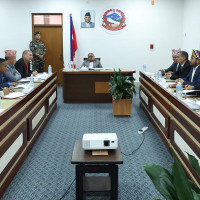
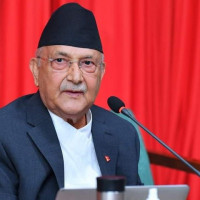
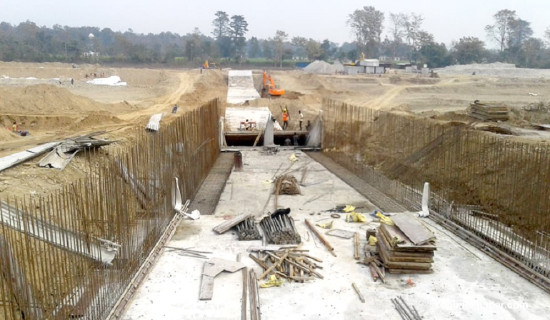
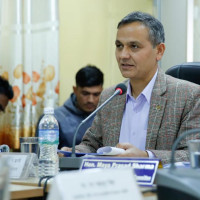
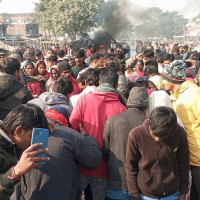
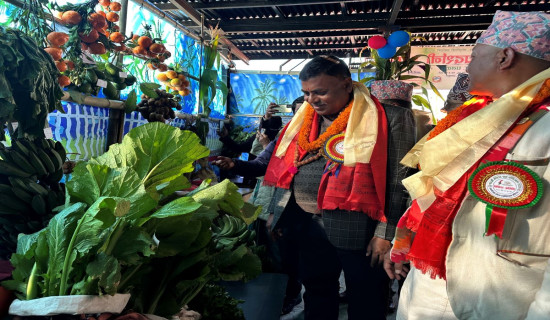
-original-thumb.jpg)

